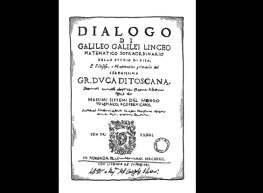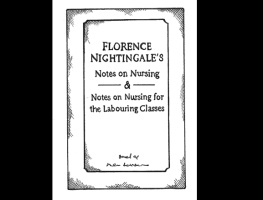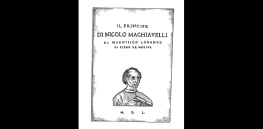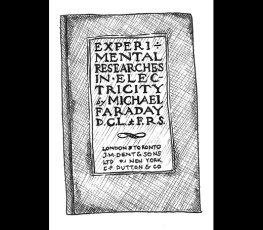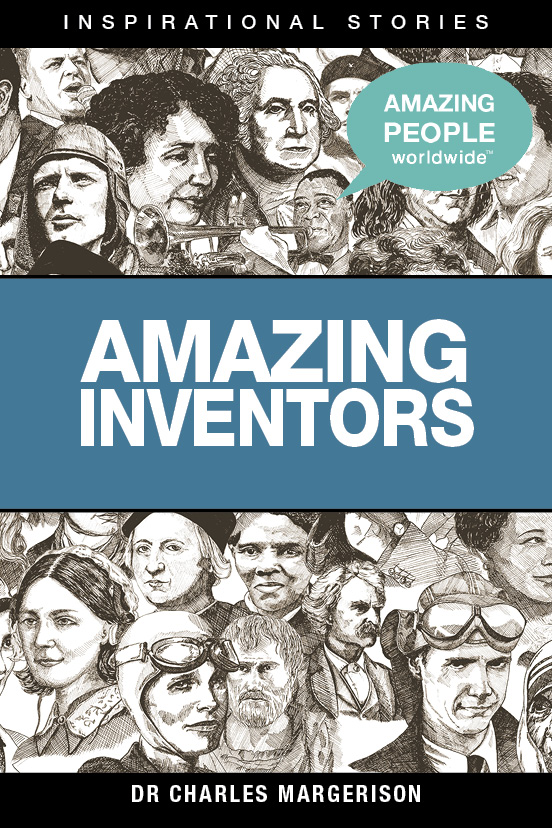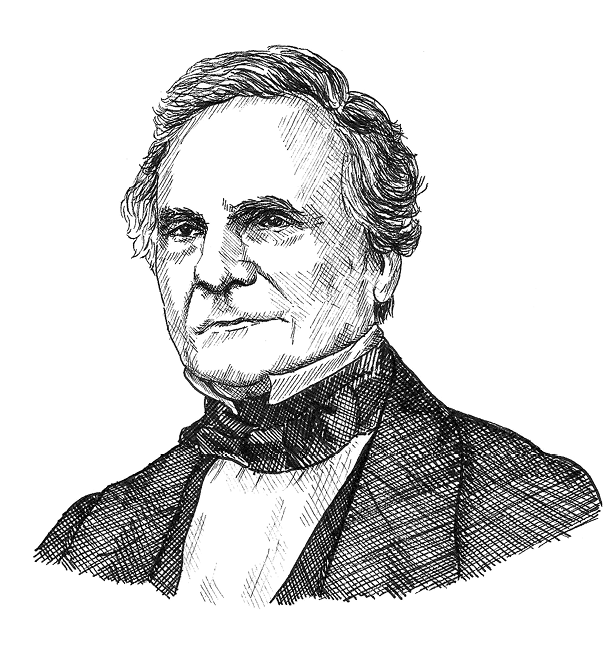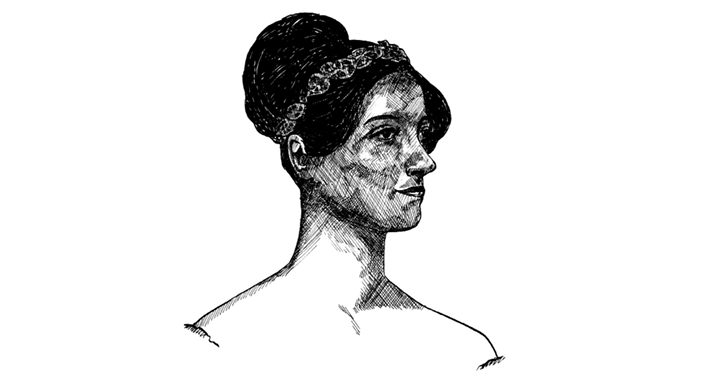Charles Babbage
1791 1871
A colleague saw me with a book of logarithms
He asked me what I was thinking about
I am thinking that all these tables might be calculated by machinery
It was that kind of practical challenge that spurred me on
Practical theory and machines interested me
But, I was fortunate to survive childhood
No one knew how to cure my life threatening fever
Teachers were told that my brain was not to be taxed too much
Maybe that led to my interest in creating a machine to do just that
However, before that, there were many problems to solve
At various times, due to the illness, I was unable to go to school
With private tuition, I read books on mathematics
Including the work of Leibniz, Lagrange, Simpson, and Lacroix
These I studied before going to Cambridge University in 1810
The tutors were teaching Newtonian calculus, rather than Leibnizian
I helped found The Analytical Society to modernize mathematics
The Ghost Club that investigated the supernatural, appealed to me
Applications of maths was a special interest
It enabled me to become the leading student in the subject
The University awarded me an honorary degree
In 1828, I returned as their Lucasian Professor of Mathematics
My father was a banker and church warden
We had different ways of looking at the world
He did not approve of me marrying Georgiana Whitmore in 1814
Aged 23, I was still a student
He said I did not have enough money to support a family
Georgiana and I had eight children
Sadly, only three lived to adulthood, and my wife died in 1827
The same year my father and two sons died
This sustained period of loss sent me into a deep depression
Life was hard, and I devoted myself to my work
As a practical scientist, there were many ideas to explore
With others, I initiated the Astronomical Society in 1820
It was important to look upwards as well as downwards
Most of all, I had ideas on how to solve mathematical problems
The human mind is an amazing calculator
Could I create a machine to calculate more quickly and more reliably?
That was my big idea and the start of the computer age
It would automate the mass production of numbers
Yet, at that time, computers was the name given to skilled people
They calculated numerical tables, but the error rate was often high
In 1819, I had the idea for a Difference Engine
By 1822, it was operating, weighing around 15 tons, with 25,000 parts
The Royal Astronomical Society awarded me their Gold Medal
These were days, long before cable electricity
Everything was hand-operated
Many hours of laboratory work and testing followed
At last, I had the design for an improvement
Called the Analytical Engine, it was launched in 1834
The government put in 17,000 pounds, I put in 6000 pounds
After eight years, the Chancellor of the Exchequer said it was worthless
That is how the first digital computer was received
Like any great idea, it was ahead of its time
Innovation is always in danger from those without vision
Despite this, with support from colleagues, I continued on
In 1834, I helped found the Statistical Society
Through that organization I met many interesting people
In particular, I was introduced to an impressive woman
Ada Lovelace was the daughter of Lord Byron
Unlike her father, her talent blossomed in mathematics
She took a great interest in my work and helped document it
Ada was one of the few who understood what I was doing
Her work helped create a computer program for the Analytical Engine
In that sense, she was the first computer programmer
Others began to make innovations
George Scheutz in 1854 built on my design in Sweden
Work that led to cryptography
My own contribution was to break a key cipher system of the time
However, there was little outside interest in the work
Looking at progress over time, I can see it needed a leap of faith
The resistance was due to my own inability to convince politicians
And equally to their short-sightedness and lack of understanding
Twice, I tried to become a politician
In 1832 and 1834, I stood, unsuccessfully, for Parliament
Therefore, I concentrated on my technical work
A number of books flowed from my quill
The first was on life assurance principles, in 1826
My table of logarithms was published a year later
Reflections on the Decline of Science in England was published in 1830
On The Economy of Machinery and Manufactures in 1832
These books combined fact with opinion
In contrast, there was another project that was very precise
In 1851, I wrote a book called The Exposition of 1851
My main thoughts were summed up in my last book
Passages from the Life of a Philosopher in 1864
The books were a way of charting the progress that I made
They covered many fields, such as lights for lighthouses
Also, I designed an ophthalmoscope to help opticians
The dynamometer car for railway maintenance was also created


